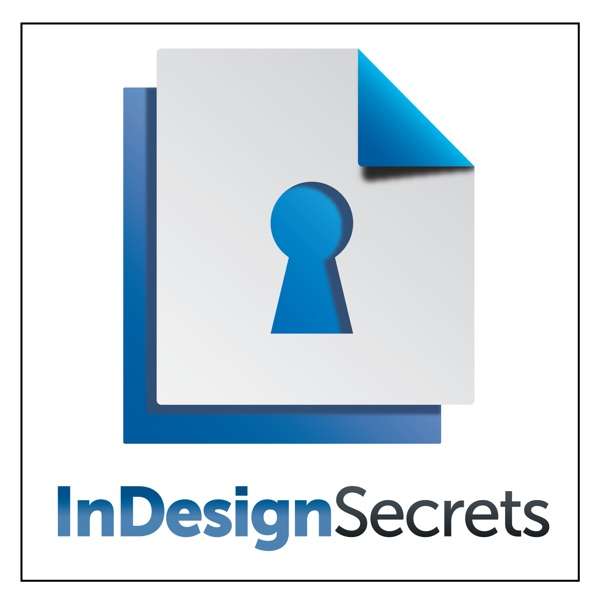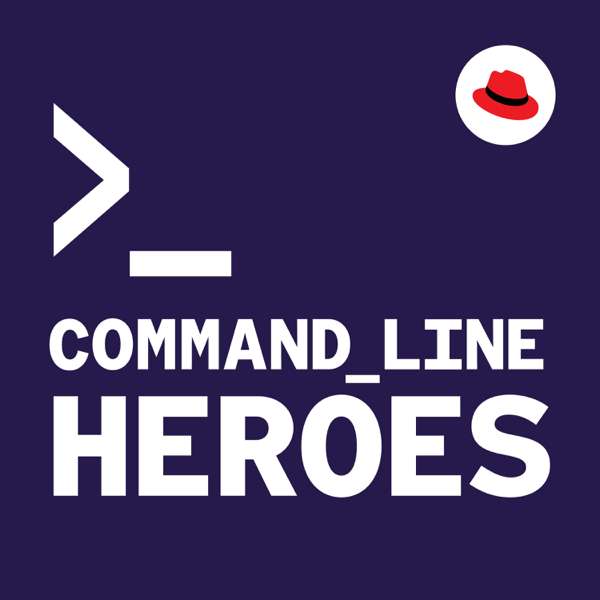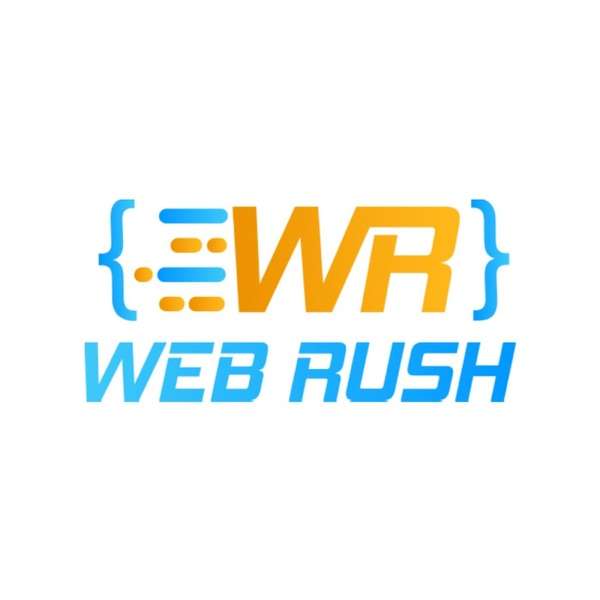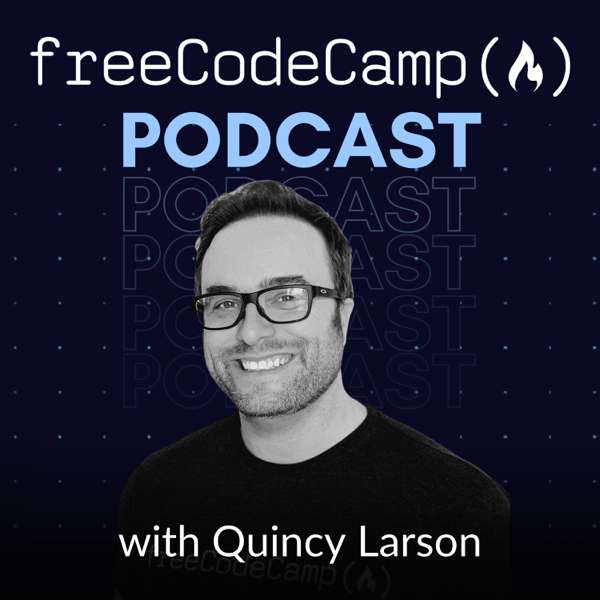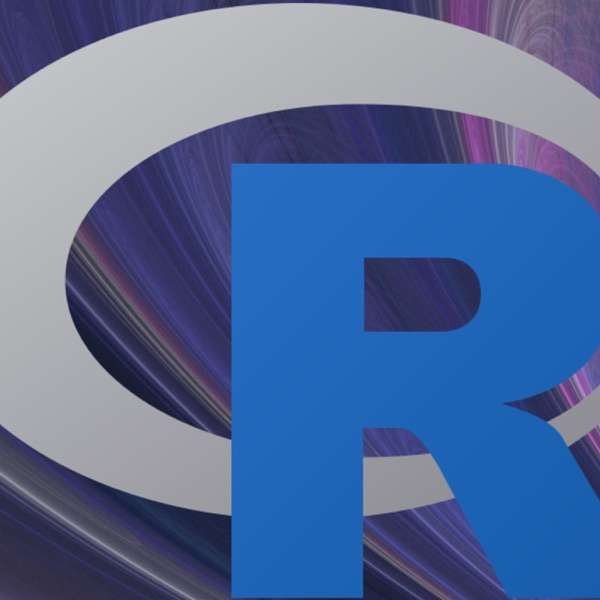Imagine if you could create a better world for future generations simply by delivering marine ingenuity.
Van Oord is a Dutch family-owned company that has served as an international marine contractor for over 150 years, focusing on dredging, land infrastructure in the Netherlands, and offshore wind and oil & gas infrastructure.
Real-time insights into costs spent, the progress of projects, and the performance tracking of vessels and equipment are essential for surviving as a business. Becoming a data-driven company requires that all data connected, synchronized, and visualized—in fact, truly digitized.
This requires a central nervous system that supports:
- Legacy (monolith environment) as well as microservices
- ELT/ETL/streaming ETL
- All types of data, including transactional, streaming, geo, machine, and (sea) survey/bathymetry
- Master data/enterprise common data model
The need for agility and speed makes it necessary to have a fully integrated DevOps-infrastructure-as-code environment, where data lineage, data governance, and enterprise architecture are holistically embedded. Thousands of topics need to be developed, updated, tested, accepted, and deployed each day. This together with different scripts for connectors requires a holistic data management solution, where data lineage, data governance and enterprise architecture are an integrated part.
Thus, Marlon Hiralal (Enterprise/Data Management Architect, Van Oord) and Andreas Wombacher (Data Engineer, Van Oord) turned to Confluent for a three-month proof of concept and explored the pre-prep stage of using Apache Kafka® on Van Oord’s vessels.
Since the environment in Van Oord is dynamic with regards to the application landscape and offered services, it is essential that a stable environment with controlled continuous integration and deployment is applied. Beyond the software components itself, this also applies to configurations and infrastructure, as well as applying the concept of CI/CD with infrastructure as code. The result: using Terraform and Confluent together.
Publishing information is treated as a product at Van Oord. An information product is a set of Kafka topics: topics to communicate change (via change data capture) and topics for sharing the state of a data source (Kafka tables). The set of all information products forms the enterprise data model.
Apache Atlas is used as a data dictionary and governance tool to capture the meaning of different information products. All changes in the data dictionary are available as an information product in Confluent, allowing for consumers of information products to subscribe to the information and be notified about changes.
Van Oord’s enterprise architecture model must remain up to date and aligned with the current implementation. This is achieved by automatically inspecting and analyzing Confluent data flows. Fortunately, Confluent embeds homogeneously in this holistic reference architecture. The basis of the holistic reference architecture is a change data capture (CDC) layer and a persistent layer, which makes Confluent the core component of the Van Oord future-proof digital data management solution.
EPISODE LINKS

 Our TOPPODCAST Picks
Our TOPPODCAST Picks  Stay Connected
Stay Connected


